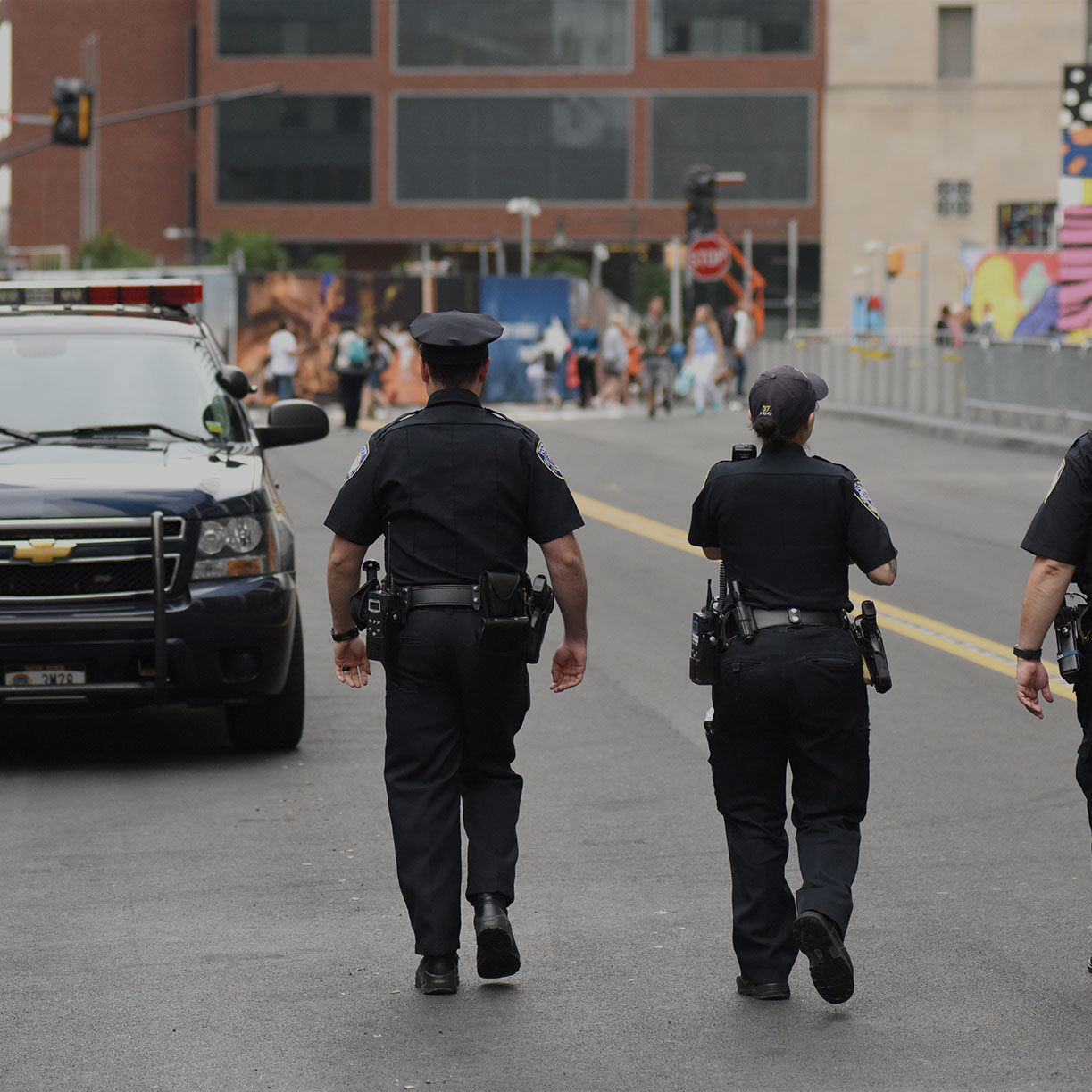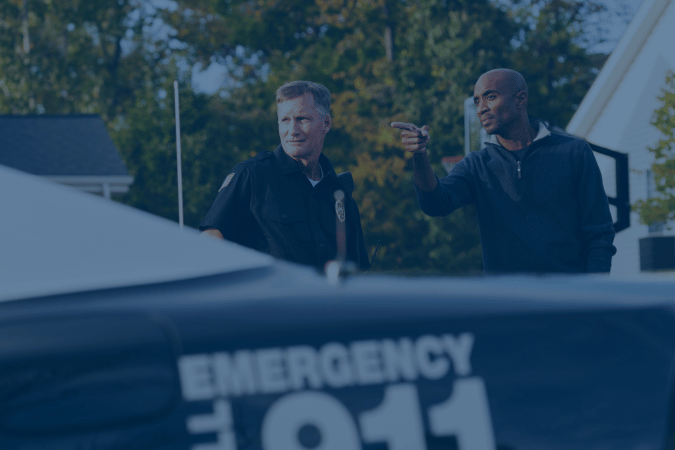The First Amendment to the US Constitution protects the right to free speech and the freedom to assemble peaceably. The Supreme Court has recognized that First Amendment protections extend to a wide array of expressive activities beyond literal speech, including symbolic and physical acts like marches and sit-ins. While the First Amendment protects free speech, the government can impose reasonable restrictions on the time, place, and manner of expression to ensure public safety and order. This includes setting guidelines for protests to prevent disruptions.
Law enforcement is charged with preserving those fundamental freedoms, including in challenging circumstances of protest and counter-protest and in situations from facilitating peaceful demonstrations to addressing potential violence and ensuring public safety. It is also essential for civic education to foster an understanding of the First Amendment and its role in maintaining a healthy democracy.
A number of the other core practice areas—community trust and partnerships, mental health and crisis response, stops searches and arrests, and use of force— contribute to how agencies respond to mass demonstrations. For a balanced and comprehensive approach to fully understanding the First Amendment in the context of responses to mass demonstrations, one must acknowledge the challenges and nuances while emphasizing its vital role in protecting democratic values.

Resources Related to Mass Demonstrations Response
Visit the Knowledge Lab’s full resource index here.
After Action Report | 2018
2017 Presidential Inauguration First Amendment Independent Law Enforcement Review
The information provided within these modules has been gathered from various sources, including consent decrees, research, and practitioner and department-developed resources. These webpage modules are intended to be a guide for departments to use to improve their Constitutional policing practices. Additional information and resources may be needed to implement the recommendations successfully. This resource is intended to be dynamic, and the Knowledge Lab will continue to update and add to these modules to provide additional and current guidance for departments.


